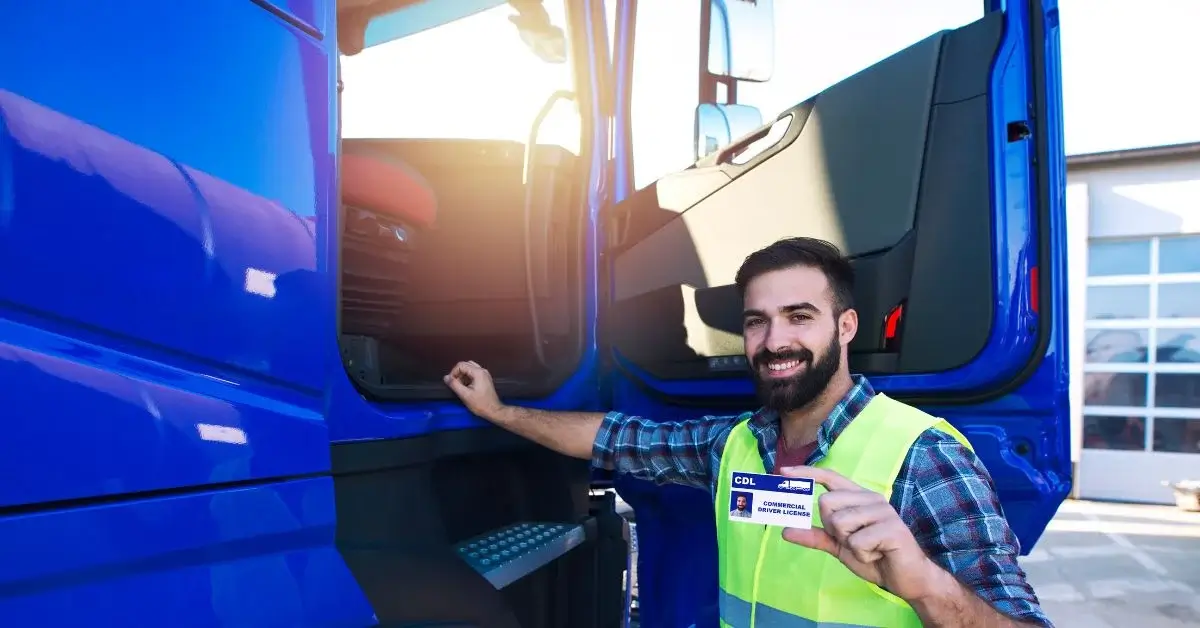Whether you’re a business that requires CDL drivers or a driver interested in obtaining your CDL, today we’re navigating the twists and turns of Commercial Driver’s Licenses (CDLs).
CDL Basics: What's the Buzz About?
First things first, what’s all the fuss about CDLs? CDLs aren’t your run-of-the-mill driver’s licenses. They are your golden ticket to operating commercial vehicles.
And CDLs are in high demand. Typically, drivers with a CDL will receive multiple job offers, and Class-A drivers can average over $40,000 in their first year. Drivers with a higher class license or additional HAZMAT training can earn even higher salaries.
When Do You Need A CDL?
When exactly do you need to break open the CDL rulebook and start studying those trucker hand signals? Here’s the lowdown:
- Vehicle Weight Rating: If you’re driving a vehicle with a Gross Vehicle Weight Rating (GVWR) of 26,001 pounds or more, you’ll need a CDL. That’s roughly the weight of four adult elephants! So, if you haul serious cargo, it’s CDL time. If you have a BIG vehicle, you need a CDL, too!
- Passenger Rules: If you own or are the captain of a passenger-filled ship, like a bus carries 16 or more passengers (including the driver), you’ll need a CDL with a passenger endorsement. All aboard!
- Hazardous Materials Hauler: If you transport hazardous materials, you’re in a league of your own. You need a CDL with a Hazardous Materials (HAZMAT) Endorsement. Safety first!
- Special Endorsements: Some specialized vehicles and jobs may require additional endorsements, like tankers, doubles/triples, or school buses. It’s like collecting badges in a video game, but way more useful.
Age Matters, Too!
Here’s an important nugget of wisdom: age can be a deciding factor in CDLs. In most states, you can get a CDL as early as 18, but there’s a catch. If you want to drive across state lines (think long-haul trucking), you’ll need to wait until you’re 21.
CDL Training: Where the Magic Happens
Getting a CDL isn’t just about passing a written test and a skills test; it’s about mastering the art of trucking. Many aspiring truckers opt for professional CDL training, where you’ll learn the ins and outs of operating these magnificent beasts on wheels.
Renew, Renew, Renew!
Don’t forget. CDLs aren’t like fine wine; they don’t get better with age. In most states, they expire every four to five years. Make sure you keep CDLs current.
CDL Endorsements: Going the Extra Mile
Speaking of CDL endorsements, let’s dive a bit deeper. These endorsements, like the HAZMAT endorsement discussed earlier are like adding bonus levels to a truck drivers journey:
- Tankers (N): If you haul liquids, like the modern-day milkman, you’ll need the tanker endorsement. Think of it as your ticket to transporting everything from gasoline to orange juice.
- Doubles/Triples (T): When one trailer isn’t enough, and you need to pull two or even three trailers, Doubles/Triples is your golden ticket.
- School Buses (S): If you are the guardian of young minds as they head to school, the school bus endorsement lets you do just that.
CDL Medical Exams: Being Fit to Drive
Drivers need to pass a medical exam to obtain and keep their CDL in good standing. It’s like making sure your truck’s engine is purring perfectly. Safety on the road starts with the health and well-being of the driver.
Conclusion: Navigating the CDL Highway
So, there you have it—the lowdown on when you need a CDL. Whether you’re hauling heavy cargo, ferrying passengers, or dealing with hazardous materials, a CDL is your ticket to a world of trucking adventure.
If you’re ever in doubt, remember this: If your vehicle could double as an elephant taxi, it’s CDL time.



One thought on “When It’s Time to Obtain a CDL License”
Thanks for sharing. I read many of your blog posts, cool, your blog is very good.